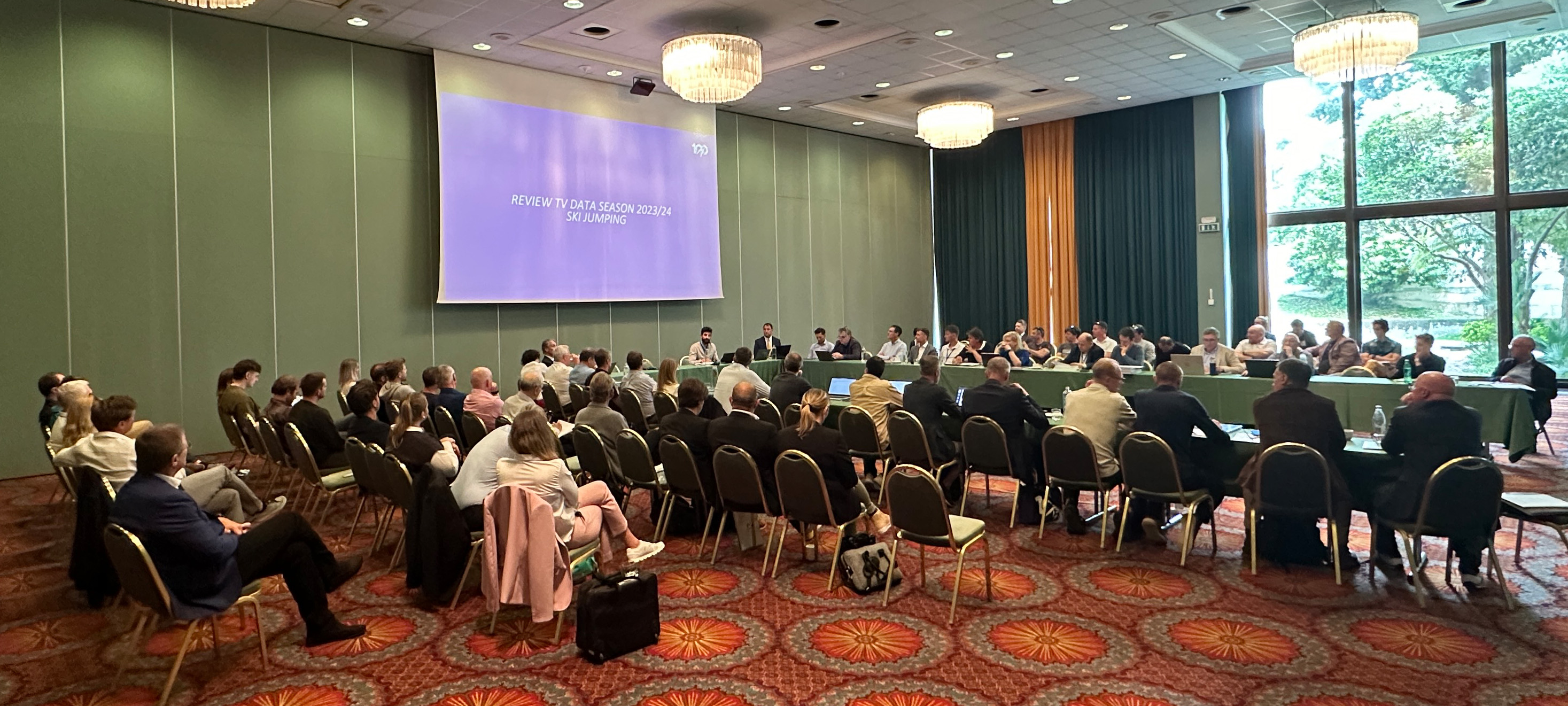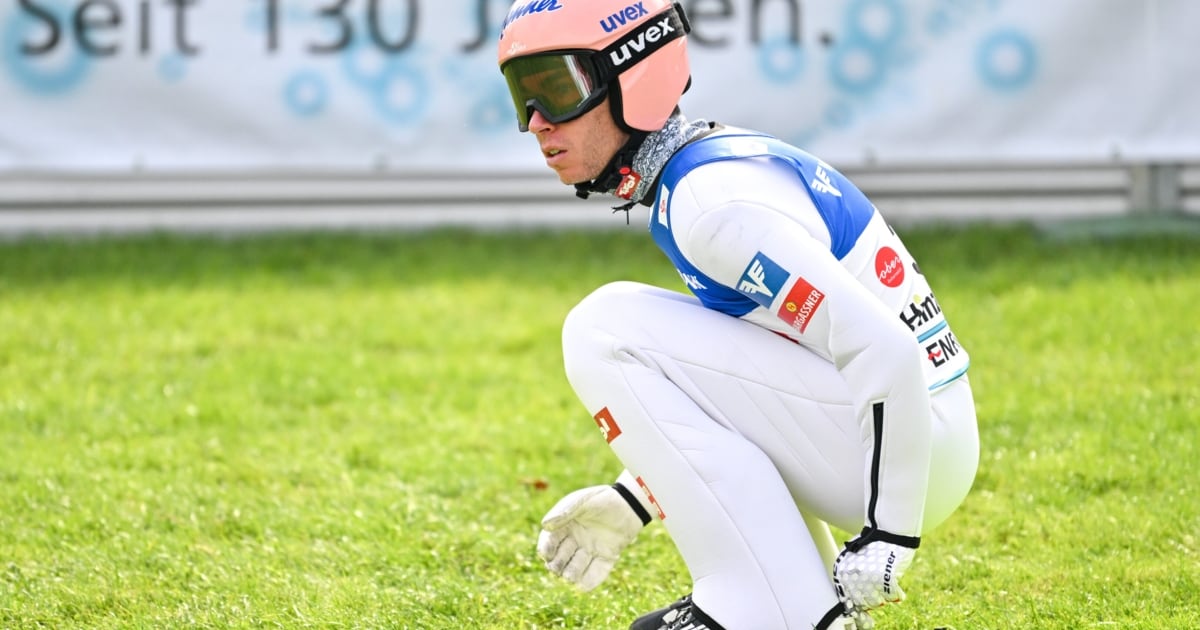
Embracing Technology in Ski Jumping
Ski jumpers will continue to soar through the air, adhering to traditional V-style techniques, while judges will assess their performances based on evaluations from five judges. This practice remains a source of excitement for both spectators and athletes alike.
However, technology is rapidly transforming the sport, particularly in the realm of measuring athletes' suits and other competition gear. Thanks to advanced technology, measurements are now more accurate and transparent, allowing for faster and more precise evaluations during competitions.
The Rise of High-Tech in Ski Jumping
During the FIS fall meetings held in Zurich this week, officials decided to integrate NFC chips into ski jumping suits. Each jump suit comprises several individual components, and for the first time, these components will include NFC chips at World Cup events and major competitions, such as the World Championships and the Olympic Games, starting next winter.
This innovation means athletes will have a limited number of suits they can use throughout the season, significantly changing previous regulations where there was no limit. In earlier years, an athlete could theoretically use over 100 suits in a single season, but athletes from smaller nations often faced budgetary constraints that forced them to use many fewer.
FIS Race Director Sandro Pertile's Optimism
FIS Race Director Sandro Pertile expressed satisfaction with the new regulation. "It has long been crucial for us and the teams to find ways to manage suit numbers. It's not just about fairness but also reducing costs and gaining sustainability. We’re excited about implementing chip technology for this purpose. While we anticipate some learning curves as we integrate this technology into competitions, that’s part of the process."
Moving forward, each athlete will be allowed to use one suit per competition, with a maximum of two to ten suits for the season depending on their competition frequency.
Insights from the FIS Ski Jumping Committees
The annual meeting of FIS ski jumping experts took place this week in Zürich (SUI).
The ski jumping framework is supported by five sub-committees that focus on: equipment, officials, hill construction, youth, and a principal ski jumping committee. During their meetings, they discuss new strategies and rule changes proposed by national ski federations and the FIS, with any approved amendments submitted to the Ski Jumping Committee for a verdict.
Once evaluated, the Ski Jumping Committee’s recommendations are forwarded to the FIS Coordination Board for final approval. Each sub-committee features ski jumping professionals from various nations, all working under a designated chairman. This year, the equipment committee is led by Andreas Bauer, the former national women's coach for Germany, while Finland’s Mika Kojonkoski, a legendary coach, chairs the Ski Jumping Committee.
The other sub-committee chairs include:
- Harald Haim (AUT) - Youth and Children
- Dr. Ivo Greger (CZE) - Officials, Rules, and Control
- Hans-Martin Renn (GER) - Jumping Hills
- Mario Stecher (AUT) - Calendar Planning
Building on Summer Experience
During the fall meeting, insights gained from the summer competitions of the FIS Grand Prix were considered. This connection emphasizes the importance of the Grand Prix for ski jumpers, as many innovations are tested during the summer months and subsequently introduced into World Cup events at the beginning of winter.
Overall, these changes reflect an ongoing commitment to the evolution of ski jumping through technology, while still honoring the traditional aspects of the sport.
See Also
A New Era in Ski Jumping: Dawid Kubacki Embraces the Change
September 30, 2024 / Przegląd Sportowy Onet

Highlights from the Spring Meeting in Portorož
April 29, 2023 / FIS Ski

FIS Introduces Suit Limit to Enhance Fairness in Ski Jumping
September 28, 2024 / krone.at